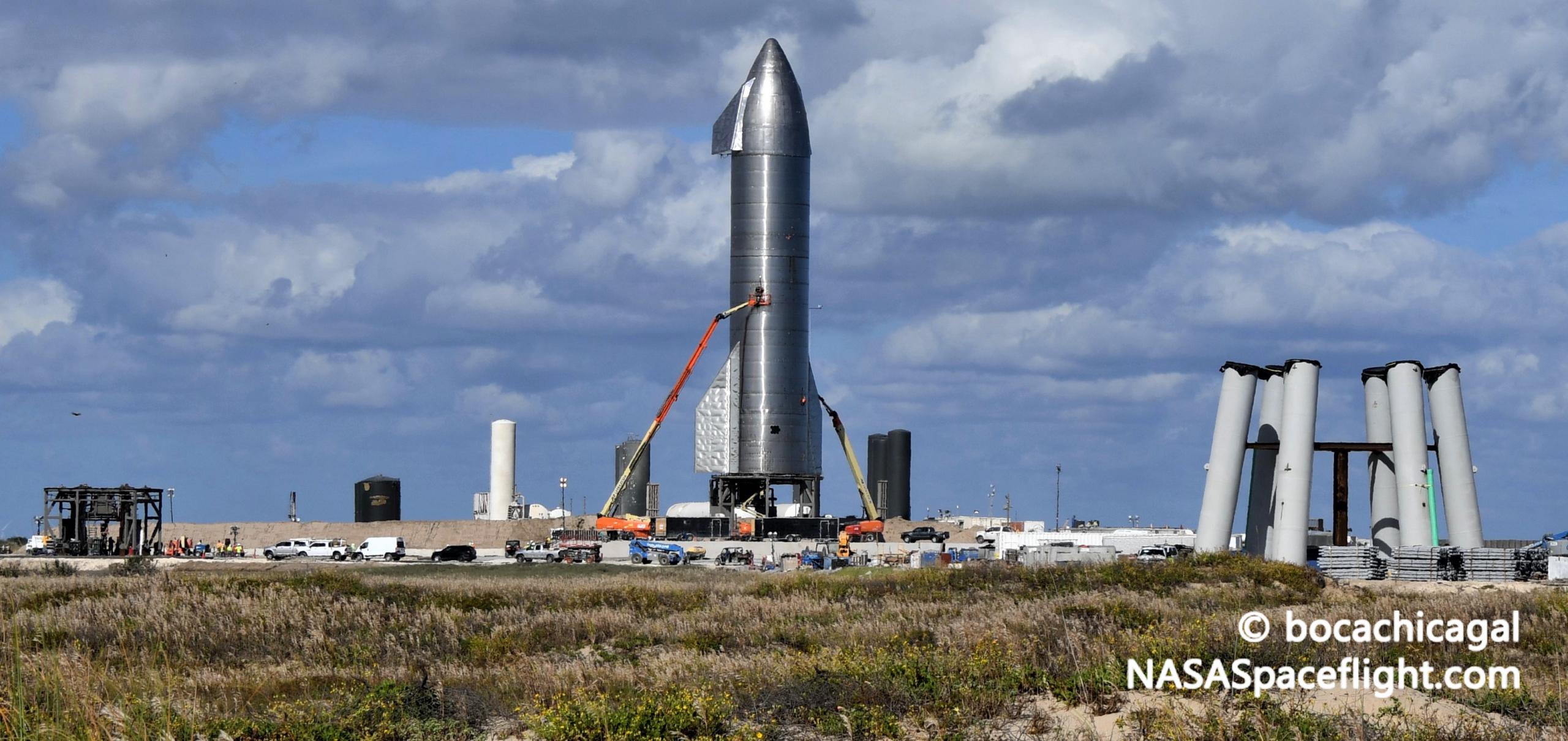

News
SpaceX sets dates for Starship static fire, high-altitude launch debut
CEO Elon Musk says that SpaceX is set to attempt one final Raptor engine static fire test before putting Starship through its high-altitude launch debut later this week.
Liable to begin as soon as November 30th per public road closure notices, Musk says that Starship serial number 8’s (SN8) launch debut – both Starship’s first fully-assembled flight test and first high-altitude launch attempt – is now scheduled no earlier than (NET) 8 am to 5 pm CST (UTC-6) on Wednesday, December 2nd.
November 30th will instead host what is believed to be a unique kind of static fire test for Starship SN8, hopefully proving that the rocket has a decent shot at surviving its risky launch debut.
As previously discussed on Teslarati, SpaceX’s Starship development strategy means that SN8’s survival is far less important than it may seem.
“On November 25th, Starship SN9 (featuring “small improvements”) was stacked to its full 50-meter (~165 ft) height. If SN8 is destroyed during testing, SN9 will likely be ready to roll to the launch site almost as soon as the dust settles.
Meanwhile, Starship SN10 is likely just 7-10 days away from a similar nosecone stacking milestone, and Starship SN11’s tank section is just one stack away from completion, likely putting it less than two weeks behind SN10. In other words, insofar as speed is a priority and each prototype is anywhere close to as cheap as Starship’s majority-steel bill of materials might suggest, SpaceX is building Starships so quickly that it almost doesn’t make sense to spend more than a few weeks working through bugs on any single suborbital ship.”
Teslarati.com — November 25th, 2020
In fact, delaying SN8’s launch to try to refine the rocket in situ and better ensure success could actually be to the detriment of successive prototypes and the Starship program in general. If, for example, a fundamental design flaw is revealed in Starship SN8 only after the prototype’s first test flight, SpaceX could be forced to scrap a huge amount of work done on as many as six, seven, eight, or even more subsequent prototypes. In that since, while it may seem like caution maximizes the value any single Starship prototype can provide SpaceX, that’s only true as long as the Starship design is mature enough that new fundamental flaws are unlikely to arise.
Given how young SpaceX’s agile Starship development program is, it would make very little sense to hinge months of work and more than half a dozen rocket prototypes on the quality and success of a less mature prototype unless all the vehicles in question are more or less identical final products. SN8 through SN15+ are certainly not final products in the sense that Starship is meant to be the largest reusable orbital spacecraft ever built.
As such, the Starship program is probably better off if SpaceX pushes vehicles to failure as quickly as reasonably possible. Having now spent more than two months at the launch pad while no less than three full-scale prototypes rapidly approach a similar level of completion, Starship SN8’s test flow is likely an overcorrection from a haphazardly rushed schedule to extreme caution.
Along those lines, SpaceX is now hopefully set on launching Starship SN8 within the near future. First, though, the company apparently plans to attempt another Raptor engine static fire test on Monday, November 30th. Scheduled between 7 am and 9 pm CST, the test has been described as a “handoff” static fire, referring to the process of switching each Raptor engine’s propellant feed from Starship’s main tank to much smaller ‘header’ tanks reserved for landings.
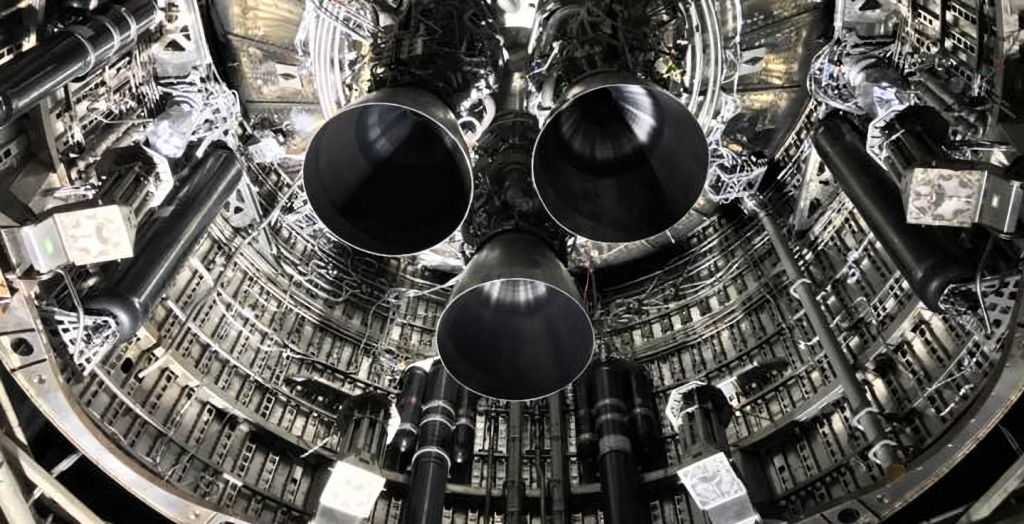
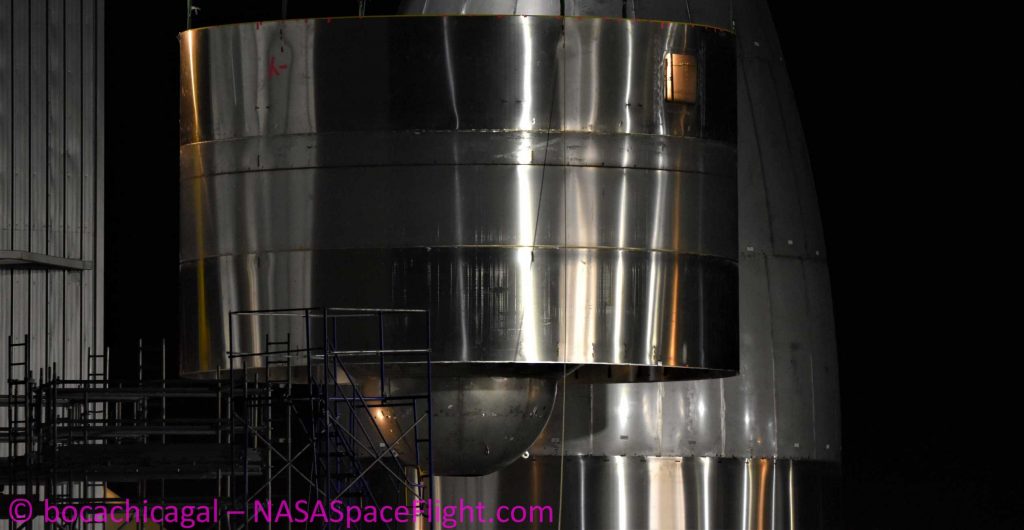
What exactly that handoff refers to is unclear. It could mean that SN8 will switch from main tanks to header tanks during a Raptor static fire test, though it’s unclear why that capability would be necessary unless Starship’s current header tank design is too small. “Handoff” could also refer to the process of switching between main and header tanks between Raptor operations – far more likely. In other words, Starship SN8’s Monday testing might involve two back-to-back static fires, performed with no human intervention. If successful, such a handoff static fire would simultaneously test Starship’s ability switch propellant sources and perform multiple Raptor engine ignitions – both necessary for a launch and landing.

Musk himself believes that Starship SN8 has a ~33% chance of successfully launching, reaching apogee, stably ‘skydiving’ ~14 km (~9 mi) back to Earth, reigniting Raptor engines, and landing in one piece. It’s unclear what will happen in the seemingly unlikely event that SN8 survives, but Starship SN9 is practically nipping at the relatively ancient prototype’s heels.

News
Tesla dispels reports of ‘sales suspension’ in California
“This was a “consumer protection” order about the use of the term “Autopilot” in a case where not one single customer came forward to say there’s a problem.
Sales in California will continue uninterrupted.”

Tesla has dispelled reports that it is facing a thirty-day sales suspension in California after the state’s Department of Motor Vehicles (DMV) issued a penalty to the company after a judge ruled it “misled consumers about its driver-assistance technology.”
On Tuesday, Bloomberg reported that the California DMV was planning to adopt the penalty but decided to put it on ice for ninety days, giving Tesla an opportunity to “come into compliance.”
Tesla enters interesting situation with Full Self-Driving in California
Tesla responded to the report on Tuesday evening, after it came out, stating that this was a “consumer protection” order that was brought up over its use of the term “Autopilot.”
The company said “not one single customer came forward to say there’s a problem,” yet a judge and the DMV determined it was, so they want to apply the penalty if Tesla doesn’t oblige.
However, Tesla said that its sales operations in California “will continue uninterrupted.”
It confirmed this in an X post on Tuesday night:
This was a “consumer protection” order about the use of the term “Autopilot” in a case where not one single customer came forward to say there’s a problem.
Sales in California will continue uninterrupted.
— Tesla North America (@tesla_na) December 17, 2025
The report and the decision by the DMV and Judge involved sparked outrage from the Tesla community, who stated that it should do its best to get out of California.
One X post said California “didn’t deserve” what Tesla had done for it in terms of employment, engineering, and innovation.
Tesla has used Autopilot and Full Self-Driving for years, but it did add the term “(Supervised)” to the end of the FSD suite earlier this year, potentially aiming to protect itself from instances like this one.
This is the first primary dispute over the terminology of Full Self-Driving, but it has undergone some scrutiny at the federal level, as some government officials have claimed the suite has “deceptive” naming. Previous Transportation Secretary Pete Buttigieg was vocally critical of the use of the name “Full Self-Driving,” as well as “Autopilot.”
News
New EV tax credit rule could impact many EV buyers
We confirmed with a Tesla Sales Advisor that any current orders that have the $7,500 tax credit applied to them must be completed by December 31, meaning delivery must take place by that date. However, it is unclear at this point whether someone could still claim the credit when filing their tax returns for 2025 as long as the order reflects an order date before September 30.
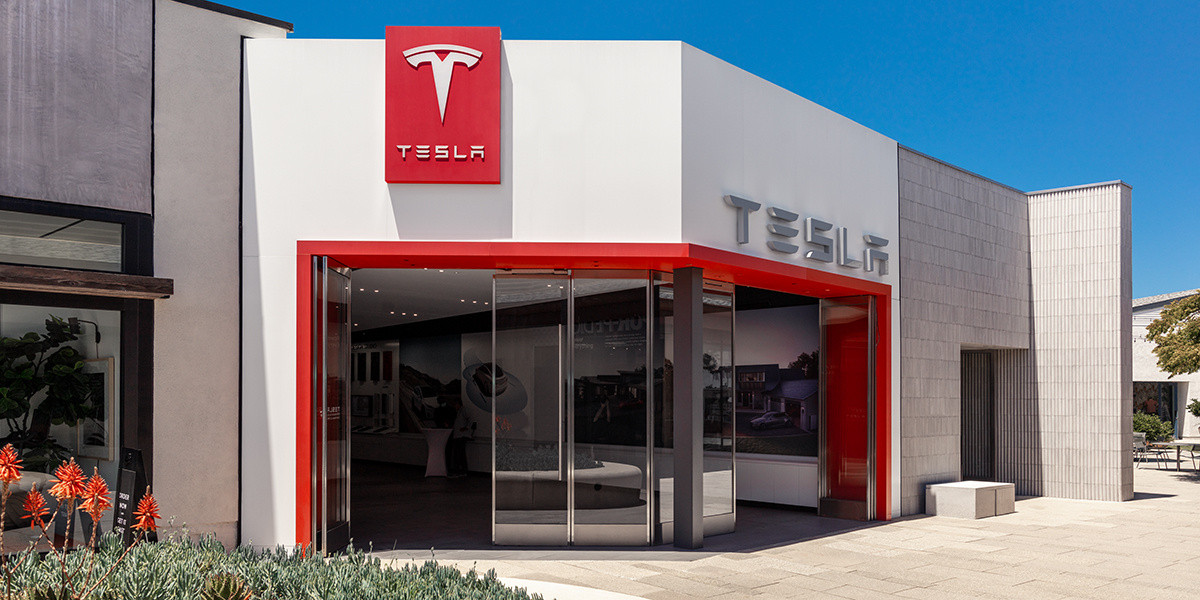
Tesla owners could be impacted by a new EV tax credit rule, which seems to be a new hoop to jump through for those who benefited from the “extension,” which allowed orderers to take delivery after the loss of the $7,500 discount.
After the Trump Administration initiated the phase-out of the $7,500 EV tax credit, many were happy to see the rules had been changed slightly, as deliveries could occur after the September 30 cutoff as long as orders were placed before the end of that month.
However, there appears to be a new threshold that EV buyers will have to go through, and it will impact their ability to get the credit, at least at the Point of Sale, for now.
Delivery must be completed by the end of the year, and buyers must take possession of the car by December 31, 2025, or they will lose the tax credit. The U.S. government will be closing the tax credit portal, which allows people to claim the credit at the Point of Sale.
🚨UPDATE: $7,500 Tax Credit Portal “Closes By End of Year”.
This is bad news for pending Tesla buyers (MYP) looking to lock in the $7,500 Tax Credit.
“it looks like the portal closes by end of the year so there be no way for us to guarantee the funds however, we will try our… pic.twitter.com/LnWiaXL30k
— DennisCW | wen my L (@DennisCW_) December 15, 2025
We confirmed with a Tesla Sales Advisor that any current orders that have the $7,500 tax credit applied to them must be completed by December 31, meaning delivery must take place by that date.
However, it is unclear at this point whether someone could still claim the credit when filing their tax returns for 2025 as long as the order reflects an order date before September 30.
If not, the order can still go through, but the buyer will not be able to claim the tax credit, meaning they will pay full price for the vehicle.
This puts some buyers in a strange limbo, especially if they placed an order for the Model Y Performance. Some deliveries have already taken place, and some are scheduled before the end of the month, but many others are not expecting deliveries until January.
Elon Musk
Elon Musk takes latest barb at Bill Gates over Tesla short position
Bill Gates placed a massive short bet against Tesla of ~1% of our total shares, which might have cost him over $10B by now
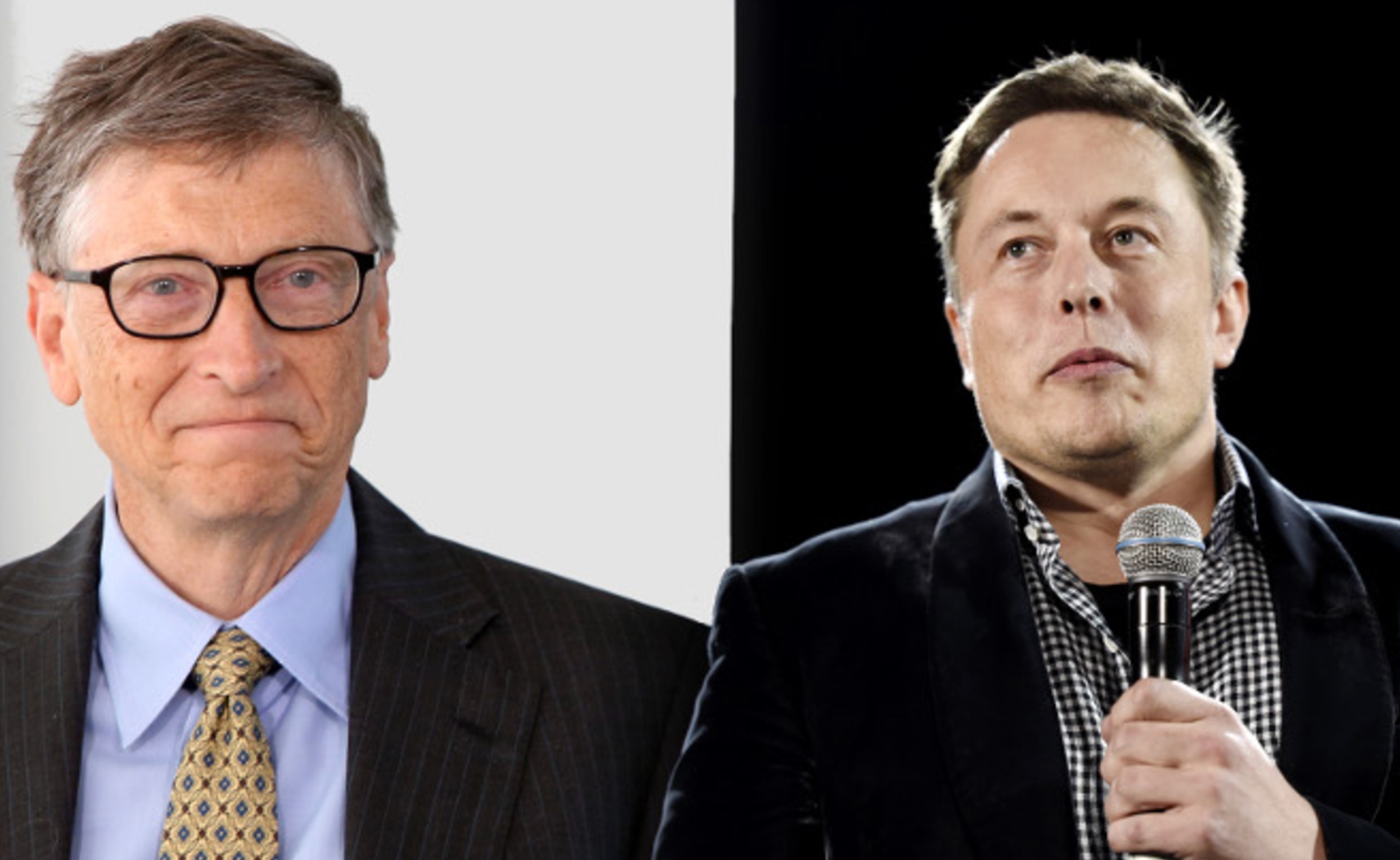
Elon Musk took his latest barb at former Microsoft CEO Bill Gates over his short position against the company, which the two have had some tensions over for a number of years.
Gates admitted to Musk several years ago through a text message that he still held a short position against his sustainable car and energy company. Ironically, Gates had contacted Musk to explore philanthropic opportunities.
Elon Musk explains Bill Gates beef: He ‘placed a massive bet on Tesla dying’
Musk said he could not take the request seriously, especially as Gates was hoping to make money on the downfall of the one company taking EVs seriously.
The Tesla frontman has continued to take shots at Gates over the years from time to time, but the latest comment came as Musk’s net worth swelled to over $600 billion. He became the first person ever to reach that threshold earlier this week, when Tesla shares increased due to Robotaxi testing without any occupants.
Musk refreshed everyone’s memory with the recent post, stating that if Gates still has his short position against Tesla, he would have lost over $10 billion by now:
Bill Gates placed a massive short bet against Tesla of ~1% of our total shares, which might have cost him over $10B by now
— Elon Musk (@elonmusk) December 17, 2025
Just a month ago, in mid-November, Musk issued his final warning to Gates over the short position, speculating whether the former Microsoft frontman had still held the bet against Tesla.
“If Gates hasn’t fully closed out the crazy short position he has held against Tesla for ~8 years, he had better do so soon,” Musk said. This came in response to The Gates Foundation dumping 65 percent of its Microsoft position.
Tesla CEO Elon Musk sends final warning to Bill Gates over short position
Musk’s involvement in the U.S. government also drew criticism from Gates, as he said that the reductions proposed by DOGE against U.S.A.I.D. were “stunning” and could cause “millions of additional deaths of kids.”
“Gates is a huge liar,” Musk responded.
It is not known whether Gates still holds his Tesla short position.








